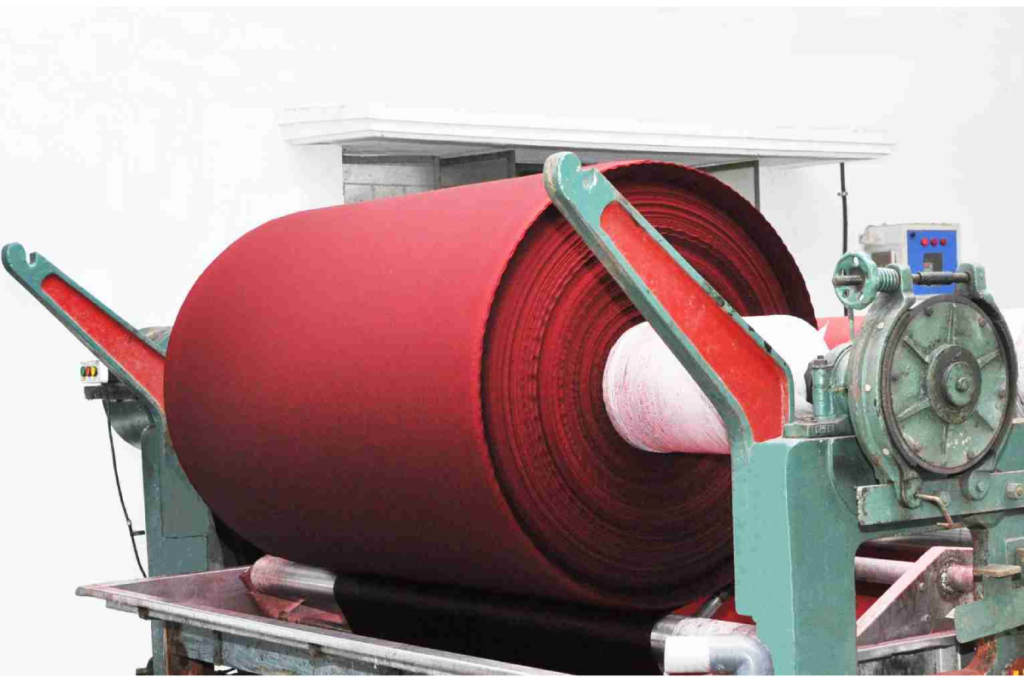Infrastructure

FACTORY
Where raw materials are transformed into high-quality fabrics through a streamlined production process. Sourcing and preparing fibers for production.
Key uses of our factory: Processing Raw Materials,Weaving, Dyeing and Printing, Quality Control and Packaging.

LOOMS
Looms are vital machinery for weaving threads into fabric, determining the texture, design, and durability of the end product.
Fabric is the foundation for creating home textile products and is crafted by bonding fibers together forming versatile material

WET PROCESSING
The wet process in the textile industry refers to a series of water-based treatments used to modify the properties of fabrics and fibers.
Fabric Performance: It improves the functionality of fabrics, such as adding softness, durability, water resistance, or flame retardancy.
Quality Control: Ensures the fabric is free from impurities, defects, and unwanted characteristics that could affect its final use.

FABRIC DYEING
Fabric dyeing is the process of applying color to textiles to enhance their appearance, create vibrant designs, or meet specific functional needs.
This process involves immersing fabrics in solutions containing dyes. Modern textile dyeing emphasizes sustainability.

PRINTING
Printing enables the creation of intricate patterns, vibrant colors, and custom designs on fabrics.
Textile printing not only breathes life into plain fabrics but also empowers designers and manufacturers like us to create products that resonate with customer’s tastes and needs.

LAB
The lab ensures product quality through rigorous testing at every stage.
Material Testing: Analyzing fibers, threads, and dyes for durability and safety.
Color Matching: Ensuring consistent dye shades.
Performance Tests: Checking fabric properties like tensile strength and shrinkage

FABRIC CHECKING
Fabric checking is essential to identify and rectify defects before further processing.
Inspection: Using manual systems to detect flaws.
Rectification: Correcting minor issues to salvage fabric and Sorting fabrics based on quality standards.

SEWING
Sewing converts fabric into finished products
Pattern Cutting: Precise cutting to minimize fabric wastage
Stitching: Using advanced machines for strong, uniform seams.
Assembly: Combining fabric pieces to create the final product.

TRIMMING & INSPECTION
The final stage ensures products meet quality standards before shipping
Trimming & Inspection: Removing loose threads Verifying product dimensions, stitching, and overall quality.
Packaging: Preparing products for delivery while minimizing packaging waste

